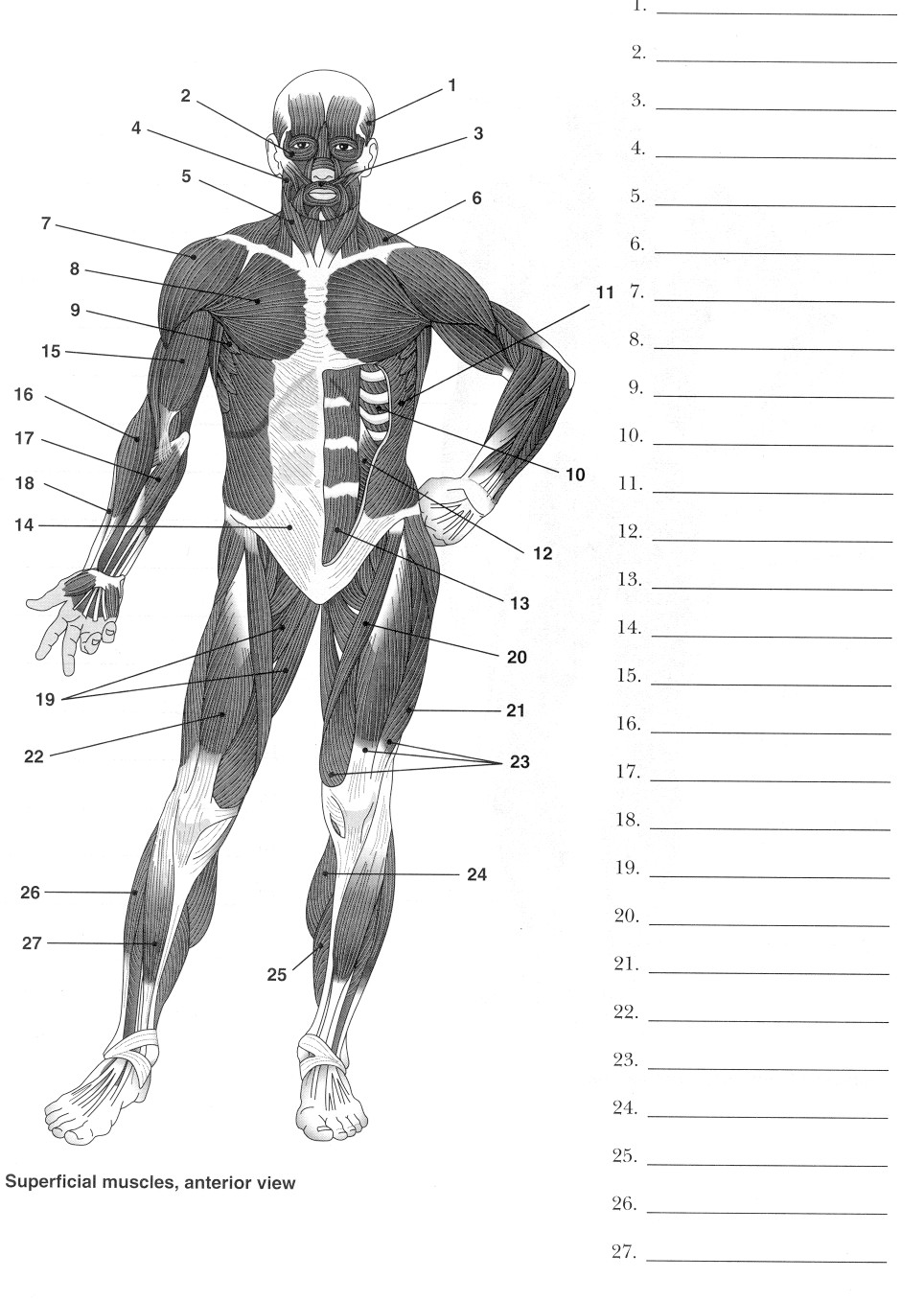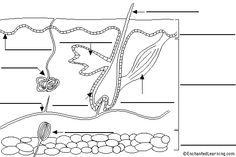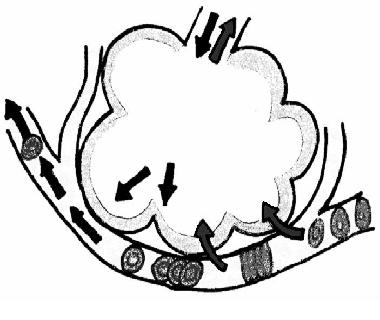Skin Diagram Worksheet
The skin diagram worksheet is a valuable learning tool for students studying anatomy or dermatology. This worksheet provides an in-depth visual representation of the various layers and structures within the skin, empowering students to better understand its function and composition. By breaking down the complex entity of the skin into manageable sections, this worksheet offers a clear and organized approach to studying this subject. Students can explore the different parts of the skin and label each structure, reinforcing their understanding and knowledge of this vital organ.
Table of Images 👆
More Other Worksheets
Kindergarten Worksheet My RoomSpanish Verb Worksheets
Cooking Vocabulary Worksheet
DNA Code Worksheet
Meiosis Worksheet Answer Key
Art Handouts and Worksheets
7 Elements of Art Worksheets
All Amendment Worksheet
Symmetry Art Worksheets
Daily Meal Planning Worksheet
What are the different layers of the skin?
The skin is made up of three main layers: the epidermis, the dermis, and the hypodermis (subcutaneous tissue). The epidermis is the outermost layer, providing the skin's barrier function. The dermis lies beneath the epidermis and contains blood vessels, nerves, hair follicles, and sweat glands. The hypodermis is the deepest layer and consists of fat tissue that helps regulate body temperature and provides padding and insulation. Together, these layers work to protect the body and maintain its integrity.
What is the function of the epidermis?
The epidermis serves as the outermost layer of the skin, providing a protective barrier against external factors such as pathogens, UV radiation, and water loss. It also plays a crucial role in regulating temperature, sensation, and the synthesis of certain vitamins. Additionally, the epidermis is responsible for producing melanin, the pigment that gives skin its color and helps protect against harmful UV rays.
What is the function of the dermis?
The dermis is responsible for providing structural support to the skin, housing blood vessels, nerve endings, hair follicles, and sweat glands. It plays a crucial role in regulating body temperature, protecting the body from external environmental elements, and providing sensation to touch, pressure, temperature, and pain. Furthermore, the dermis also aids in wound healing by producing new collagen fibers to repair damaged tissue.
What are the two main types of sweat glands in the skin?
The two main types of sweat glands in the skin are eccrine sweat glands and apocrine sweat glands. Eccrine glands are found all over the body and produce a watery sweat to help regulate body temperature. Apocrine glands are mostly found in the armpits and groin area, and they produce a thicker sweat that can attract bacteria and cause body odor.
What is the purpose of sebaceous glands?
Sebaceous glands are responsible for producing and secreting sebum, an oily substance that lubricates and protects the skin and hair. Sebum helps to keep the skin hydrated, supple, and healthy, while also providing a barrier that helps prevent harmful bacteria or other pathogens from entering the body.
What role do hair follicles play in the skin?
Hair follicles have a crucial role in the skin as they are structures that produce and maintain hair growth. They also help regulate body temperature by controlling the release of sebum, an oily substance that lubricates and protects the hair and skin. Additionally, hair follicles are connected to sebaceous glands that produce oils to keep the skin moisturized and protected. Overall, hair follicles are important in maintaining the health and function of the skin.
What is melanin and what is its function in the skin?
Melanin is a pigment produced by specialized cells called melanocytes in the skin. Its primary function is to absorb harmful UV radiation from the sun, protecting the skin from damage such as sunburn and skin cancer. Melanin also gives color to the skin, hair, and eyes, providing protection against UV-induced DNA damage and helping to regulate body temperature.
What is the purpose of the hypodermis?
The primary purpose of the hypodermis is to attach the skin to underlying tissues such as muscles and bones, as well as to provide insulation and cushioning for the body. It also stores fat, helps regulate temperature, and serves as a reserve energy source.
How does the skin help regulate body temperature?
The skin helps regulate body temperature through a process called thermoregulation. When the body gets too hot, sweat glands in the skin release water that evaporates and cools the body. Conversely, when the body is cold, blood vessels in the skin constrict to reduce heat loss and maintain internal body temperature. Additionally, the skin has a layer of fat that acts as insulation to help retain heat when needed. Overall, the skin plays a critical role in maintaining a stable body temperature through these mechanisms.
What are some common skin conditions or disorders?
Some common skin conditions or disorders include acne, eczema, psoriasis, rosacea, dermatitis, warts, hives, and fungal infections like athlete's foot and ringworm. It is important to consult a dermatologist for proper diagnosis and treatment of these conditions.
Have something to share?
Who is Worksheeto?
At Worksheeto, we are committed to delivering an extensive and varied portfolio of superior quality worksheets, designed to address the educational demands of students, educators, and parents.























Comments